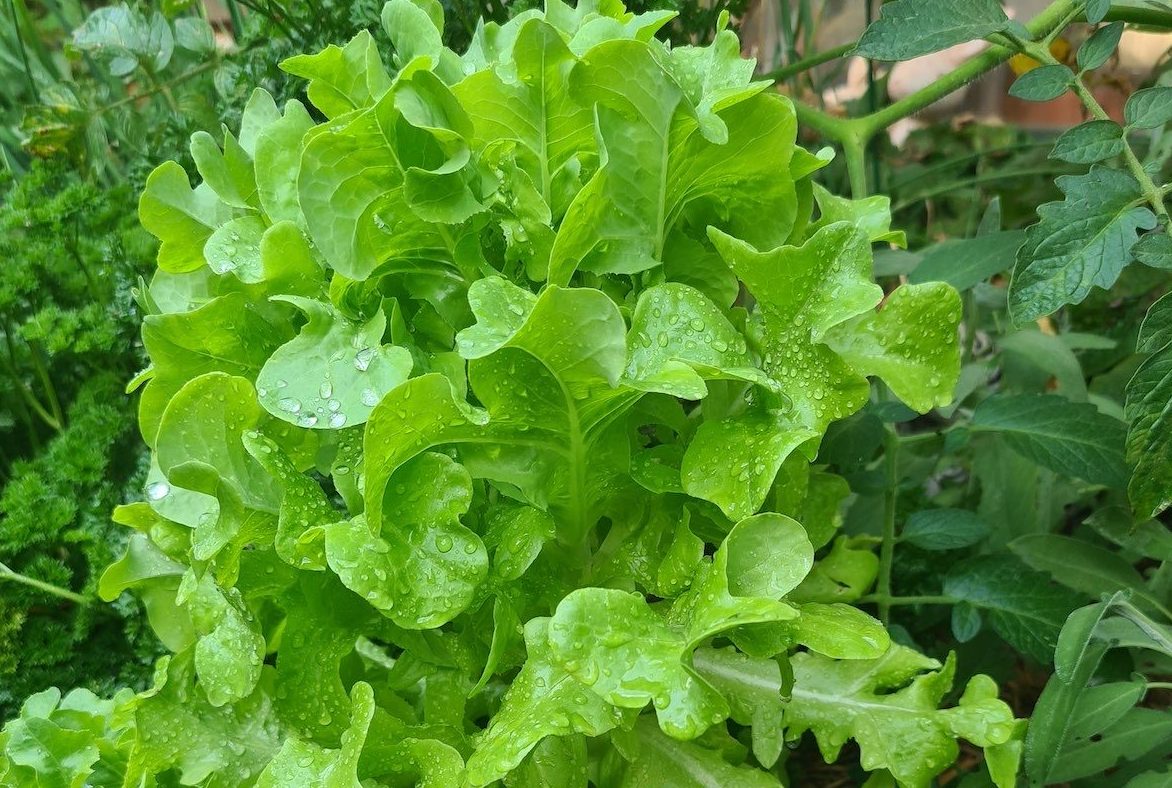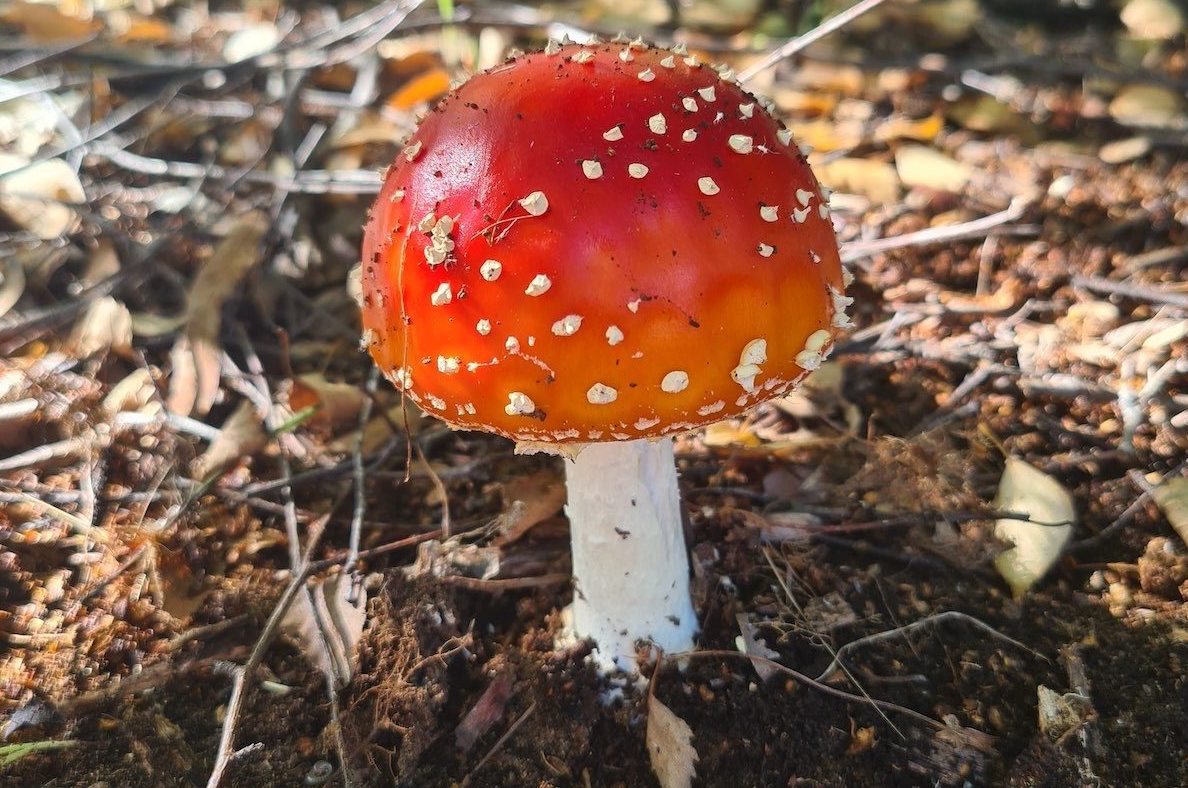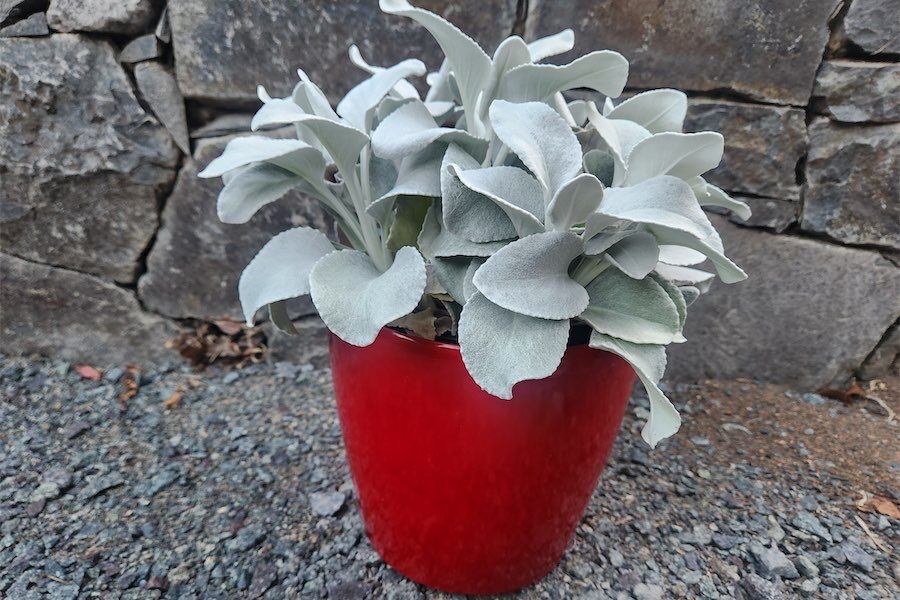
While it’s too late to sow winter vegetables as the soil is beginning to cool, there’s still lots happening in the garden, says gardening writer JACKIE WARBURTON.

LEAVING the vegetable patch fallow for winter can be a good thing. It lets the soil rest and it’s also good for pest and disease management.
Keep the area weed free, mulched and, in spring, the ground will be ready for planting.
Now’s the time to grow corn salad and land cress for winter greens. Get them going now and they’ll continue to grow right through winter.
Corn salad (Valerianella locusta) is also known as lamb’s lettuce and used raw in salads. Land cress (Barbarea vulgaris) has a peppery taste. They both have the same growing conditions. Small plants are available now, ready for planting. If starting from seed, they can be directly sown on to lightly tilled soil, watered in and lightly covered with mulch such as sugar cane or pea straw.
Loose-leaf lettuces grow well into winter. In the cold weather, tight-leaf lettuces are prone to rot, so save the cos and iceberg lettuces for warmer months and grow the loose-leaf lettuces in the cooler months.
There are more than 15 types of lettuces, from butterheads, endives, icebergs, cos, muslin and just about all of them will grow at different times of the year in our climate.
The favourite to grow is the loose-leaf lettuce because it self-seeds and grows all year round for me. The old leaves are rarely bitter and the more they are picked the more they grow.
Replant seedlings every two months in the ground and a few extra for the glasshouse pots ready for the cold July and August months.

NOW’S the peak of the mushroom season and especially after rains.
Mushrooms and toadstools can be found in local parks where there are exotic trees such as pine and birch trees. Toadstools are considered a poisonous mushroom.
Mushrooms (fungi) are not plants and do not produce chlorophyll, which is the green bit in plants that they need to grow. Mushrooms attach themselves to a growing organism to live.
There are many pine forests locally to explore and there are field guides to take with you to help identify what you might find.
Whether it’s toadstools or mushrooms, they should not be touched, eaten or removed, just photographed.
One highly poisonous toadstool common to our urban parklands is Amanita Muscaria, or fly agaric, found at the base of northern-hemisphere trees such as oaks and birch.
They are short lived and will only be around for a day or two. They look pretty, but belong to the same family as the death cap mushroom and are toxic to humans and animals.
Jottings…
- Still time to plant sugar snap and snow peas in the vegetable garden.
- Continue to deadhead roses and keep the water up to them for their autumn blush.
- Fertilise turf before the cooler months set in and resow and top dress if needed.
Who can be trusted?
In a world of spin and confusion, there’s never been a more important time to support independent journalism in Canberra.
If you trust our work online and want to enforce the power of independent voices, I invite you to make a small contribution.
Every dollar of support is invested back into our journalism to help keep citynews.com.au strong and free.
Thank you,
Ian Meikle, editor





Leave a Reply